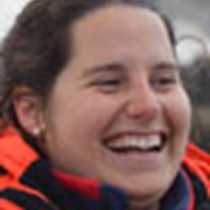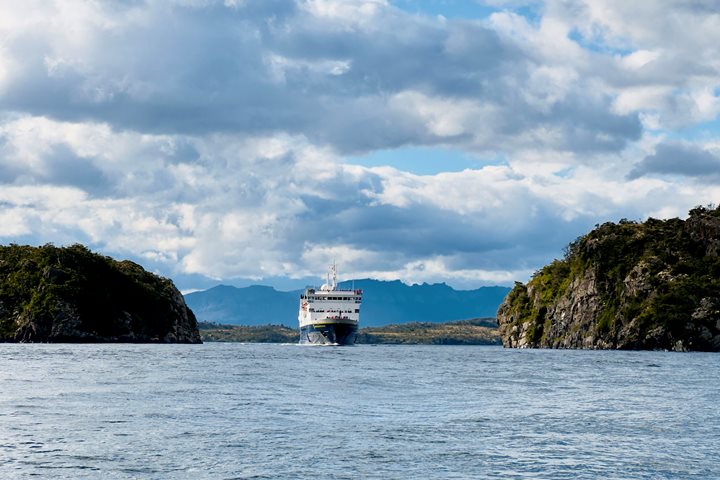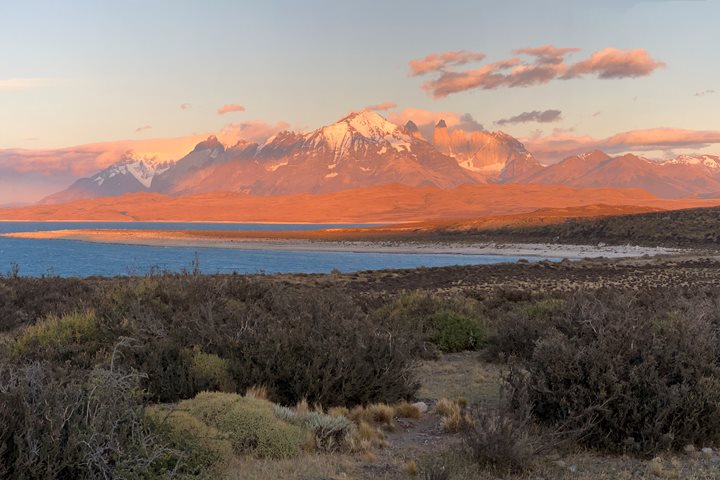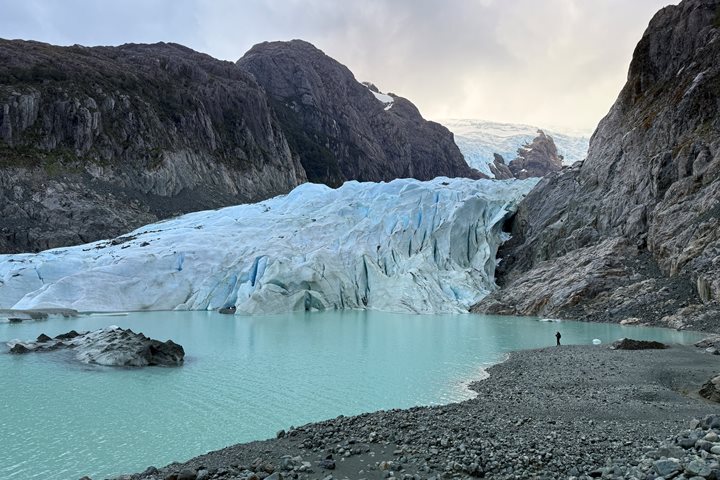Today we started our first full day of expedition on board National Geographic Resolution in Tierra del Fuego, Chile.
In the morning, we went on a lovely hike through the Magellanic forest in Ainsworth Bay. We saw low deciduous beech, locally known as Nirre, evergreen beech trees, winter’s bark, and the famous calafate (box-leafed barberry). The calafates are just flowering, giving a colorful touch to the dark green forest. On some beech trees, we also found colorful Indian bread, a parasitic fungus of the Nothofagus trees of Southern Chile and Argentina. Desserts, sweets, and even ice cream can be made with this edible mushroom, which has a sweet flavor.
The forest’s biodiversity is fascinating, not only for its incredible adaptations to an environment that can be very hostile, but also because understanding this forest helps us make better sense of our planet. Voyages in this region, like Darwin’s voyage on the Beagle, have helped us understand the evolutionary history of nature and plate tectonics, and it lays the foundation of modern glaciology.
In the afternoon, we visited Karukinka Natural Park, a private Chilean park managed by Wildlife Conservation Society. The scenery is just spectacular. The forest is inspiring, and the highlights of the afternoon were the unique elephant seals. From the beach, we admired and observed the behavior of the biggest seal in the world, including big males, a few weaners, and some juveniles in the sand. These masters of the seas are incredible divers. They spend about eight months a year at sea, returning to shore only twice to breed and molt.
Today was a great start for our expedition ahead.







